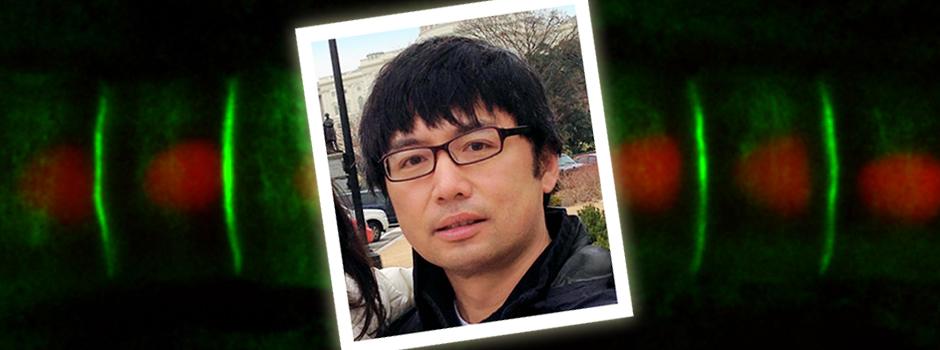Biology is a surprising and inspiring natural form of art, compelling curious minds to continue discovering and understanding life on a cellular level.
Biologist Dr. Di Jiang presented the complex beauty of cell development to NYU Shanghai students and faculty by explaining one of the most astounding challenges in biology: morphogenesis. It involves complex cellular processes such as cell shape changes, cell division and death, cell movement, and collective cell behavior.
The senior scientific editor of Cell Research explained that both humans and marine-dwelling invertebrates called ascidians, belong to the chordate family of animals, which means both have a notochord. (Hint: it facilitates structural development during embryonic growth--a precursor to vertebrae).
Dr. Jiang and his team discovered that the notochord in ascidians made a tube by means of a novel mechanism: The forty cells that are arranged in a disk do not make doughnut-shapes as one might expect. Instead, they make the lumen (inside of the tube) from one surface of the cell and dramatically change their shape in a special way that could only be described with a beautiful video. Clearly, nature has found various fascinating ways to engineer tubular structures!
(Text by: Mari Allison)


